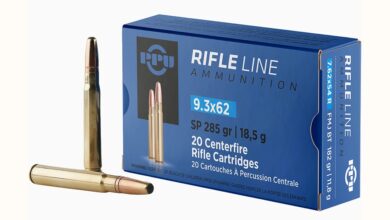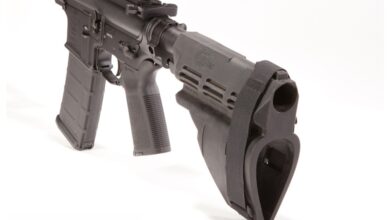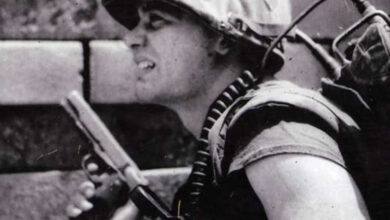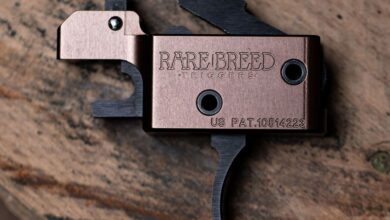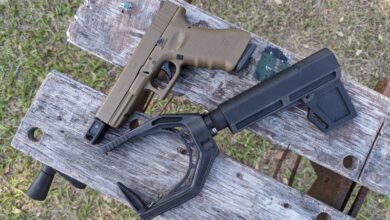.25 ACP vs .22LR: Which is Better for CCW?
I have recently found a great love for pocket pistols. It all started after purchasing my first .32 ACP a few years ago. The pocket pistol fire caught rapidly, and before I knew it, I was shopping out weird, esoteric handguns in calibers like .22LR, .25 ACP, .32 ACP, and a few .380s. When I talk about pocket pistols, there has been very little understanding of their merits, when you should carry one, and their effective calibers. Undoubtedly, the smallest pocket pistol calibers are .22LR and 25 ACP.
Smaller rounds have their benefits: lower recoil and a higher capacity. Pocket pistol calibers are fairly tame and easy to control. You can most certainly fit a few extra rounds of ammo in a pocket pistol by using the .22LR or .25 ACP. The question I often see is which is better. When I talk .22LR, the .25 ACP apologists come out. When I talk .25 ACP, the .22LR apologists come out.
The question is, what’s the better option for pocket pistols? Both are sub-calibers, and both have a long and storied history. So which is better? Which is the best choice for you? That’s what we plan to discuss today.
History of the Rounds
The .22LR is the older of the two cartridges. The round was introduced in 1887 as an extension of the rimfire .22 family. Prior to the .22LR, there was the .22 Long, and prior to the .22 Long, we had the .22 Short. Oh, and we also had the .22 Extra Long before the .22LR. .22 Long and .22 Short cartridges are still in production, but the .22LR is the dominant cartridge. “Rifle” might be in the title, but the cartridge can be found just as common in pistols.
The .22LR cartridge came from J. Stevens Arms & Tool Company. It combined the case of the .22 Long with a longer 40-grain bullet, making the .22 Extra Long obsolete. It eventually took over the rimfire market entirely. As we know now, it’s the most produced cartridge in the world and is used for hunting, training, plinking, and even competition.
The .25 ACP cartridges came from the mind of John Moses Browning in 1905. He developed the round specifically for the Fabrique Nationale M1905 pistol. The M1905 was one of the first true pocket automatics and most successful designs. The .25 ACP was designed specifically to provide a centerfire pocket pistol cartridge.
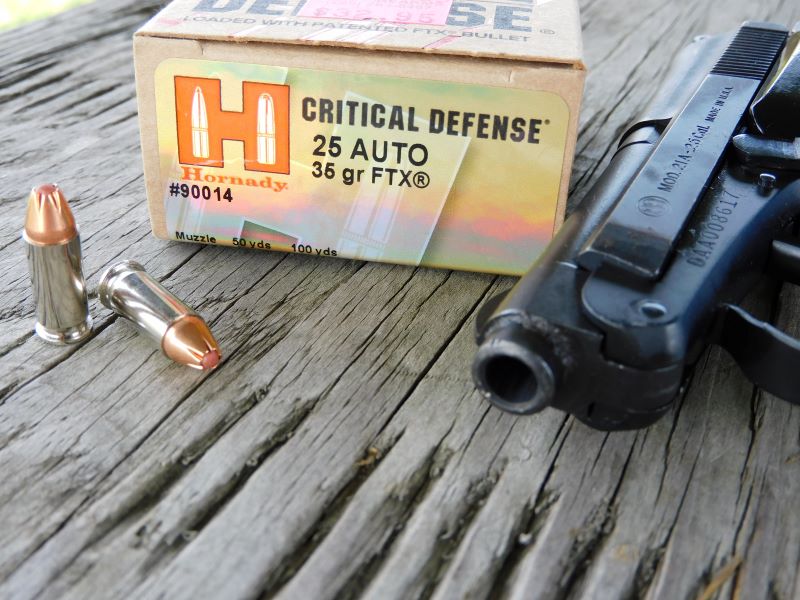
The move to a slightly smaller bullet allowed you to use centerfire primers. These primers are more reliable than the .22LR’s rimfire, especially in 1905. The .25 ACP cartridge became extremely popular from 1905 all the way up until the 1980s or so. It’s since faded from popularity with the emergence of .380 pocket pistols and the general takeover of 9mm.
Bare Basics of Concealed Carry Sub Calibers
Before we begin separating the two rounds, let’s discuss what handgun calibers do in terms of stopping threats. There are three ways guns stop threats. The first is the psychological stop. This occurs when the threat decides that they are done fighting regardless of their physical condition. It could occur without a shot being fired. The simple introduction of a firearm creates its own level of control.
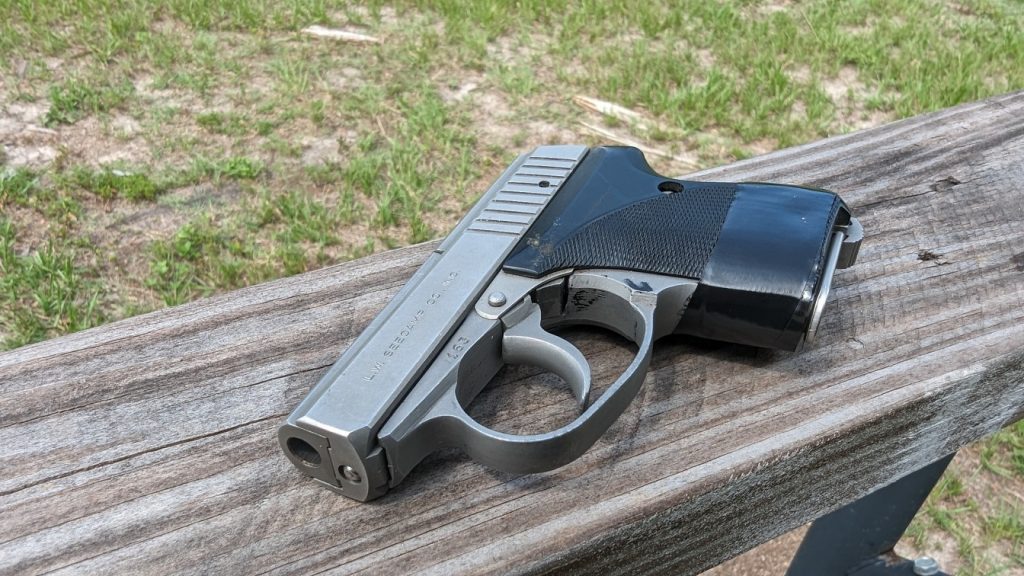
The second is traumatic blood loss. If you shoot someone, they bleed. If they bleed enough, they cannot continue to fight. This method will involve a shot fired and typically takes anywhere from 15 seconds to several minutes, depending on the severity of the wound.
The third stop is a shot placed into vital organs, and the body has no option but to stop. This is the quickest and most efficient way to stop a threat. To achieve this success, you need a cartridge that can penetrate deep enough to do so. The established standard is at least 12 inches of penetration through properly calibrated ballistic gel.
How .22LR and .25 ACP Stack Up
These are both subcaliber cartridges, and neither is known for its renowned penetration when fired from pocket pistol barrels. The .22LR from a rifle is fine, but from a super short barrel, we lose a good deal of velocity. I’m not sure if a .25 ACP rifle exists, but it might also perform better than a rifle.
Both calibers can reach the requisite 12 inches of penetration, but the .25 ACP penetrates less than the .22LR on average. A lot of .25 ACP rounds struggle to reach the 12-inch mark, so you have to be very selective of your ammunition. The .22LR has had more innovation than the .25 ACP, and that innovation has led to better projectile design and loadings for deeper penetration. Federal Punch and CCI Velocitors, for example, tend to penetrate very well from short barrels.
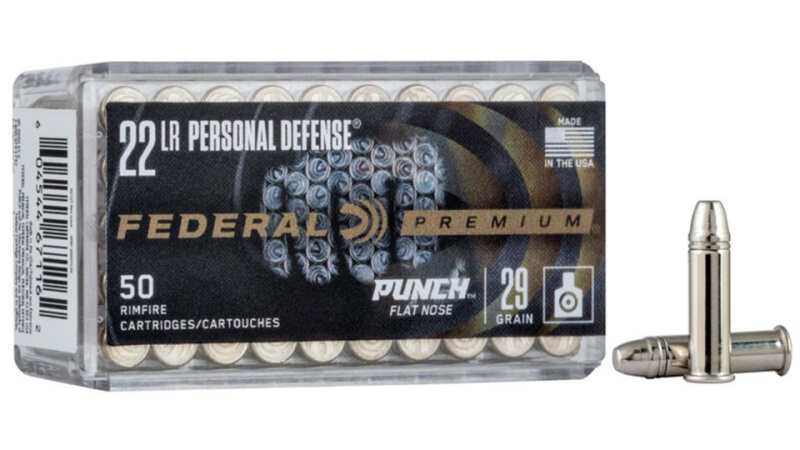
Neither cartridge works particularly well with Jacketed Hollow Points. The expansion of these cartridges creates drag, which slows down the round. This reduces penetration and often takes it below the necessary penetration depth. I always advise folks who carry these calibers to utilize FMJ cartridges rather than JHPs.
Recoil
When it comes to recoil, neither gun is a wrist breaker. They both tend to be quite easy to control and fun to shoot. For comparison’s sake, I loaded up my Beretta 21A in .22LR and my other Beretta 21A in .25 ACP and went to the range. I honestly didn’t notice a real distinct difference between the two. Some loadings of .22LR might have a little extra oomph to them, but not massively so. Shooting either caliber is easy, and firing with a single hand isn’t much of a challenge either.
Reliability
There has been a good bit of innovation in the world of rimfire cartridges since 1887 and 1905.
They’ve found a way to create ammunition that’s quite reliable. Even in the last few years, the rise of high-quality rimfire ammunition shouldn’t be ignored. I can’t remember the last time I had more than a couple of failures from bulk pack .22LR. With dedicated premium tier ammo, it seems to always go bang.
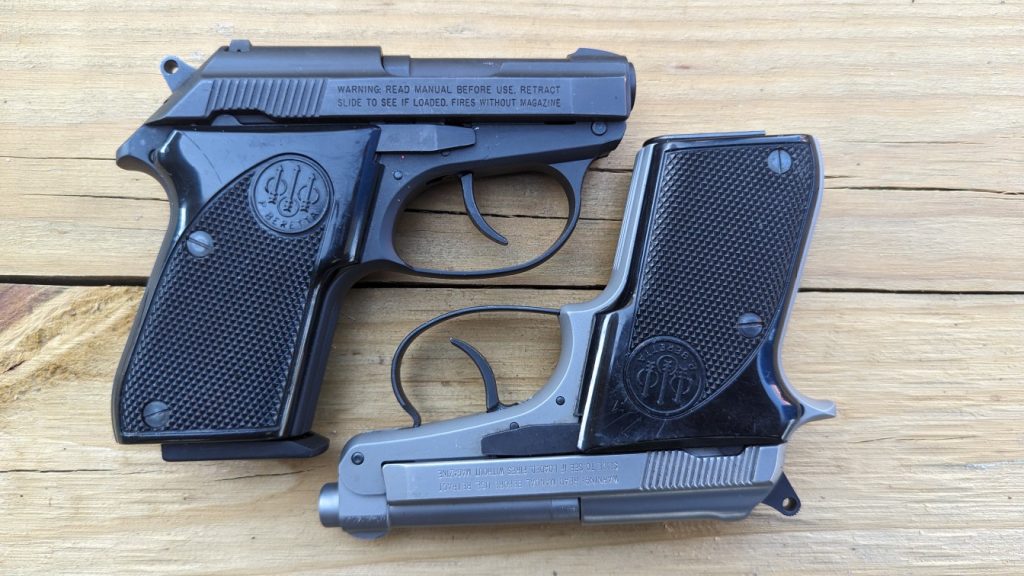
With the .25 ACP, no one has ever questioned the reliability of centerfire cartridges. It goes bang when you want it to, especially if your gun is a high-quality option.
Speaking of, your gun will make a difference when it comes to reliability, but that doesn’t mean caliber isn’t also relevant. The .25 ACP offers more consistent loadings than the .22LR, and the .25 ACP also tends to be more reliable. A lot of .22LR handguns are ammunition-picky and won’t function properly with all loads. Even with my two 21As from Beretta, the .25 ACP version is much more reliable.
Gun and Ammo Availability
This category goes to the .22LR, hands down. It’s much more common, and so are guns chambered for the cartridge. You can find a wider variety of semi-autos and revolvers in the .22LR cartridge than you will find .25 ACP guns. There don’t seem to be many .25 ACP guns in production anymore. This has led to considerably less ammo being available and for the ammo to be priced at a higher-than-ideal point.
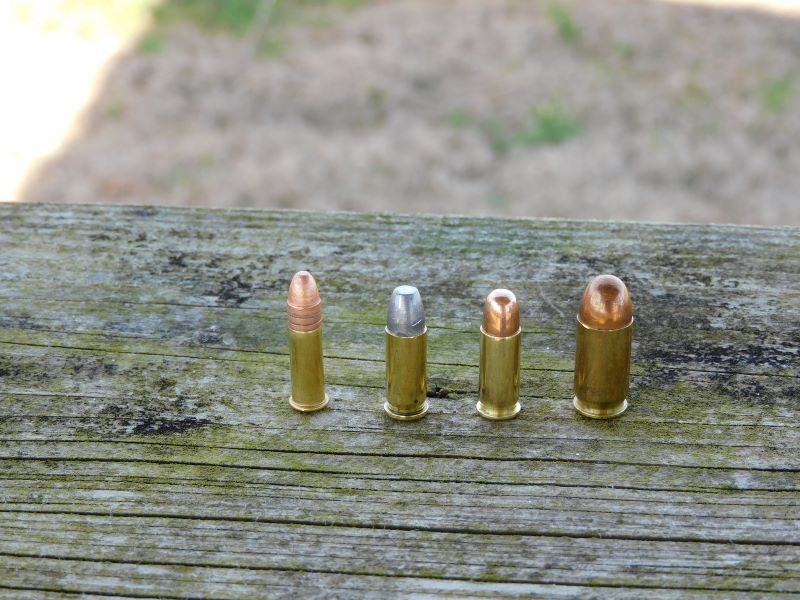
The .22LR remains a very affordable gun selection and caliber. One of my favorite pocket pistols is the Ruger LCP II in .22LR. It offers me ten rounds of .22LR in a pocket-sized package.
Which Is Better
For most people, the .22LR will be the most accessible option. For pocket pistol nerds like me, we can dig up the right combo of gun and ammo to make .25 ACP work. One isn’t necessarily better in every way than another. They each require the user to be dedicated to training, education, and experimentation.
The post .25 ACP vs .22LR: Which is Better for CCW? appeared first on The Mag Life.
Read the full article here

